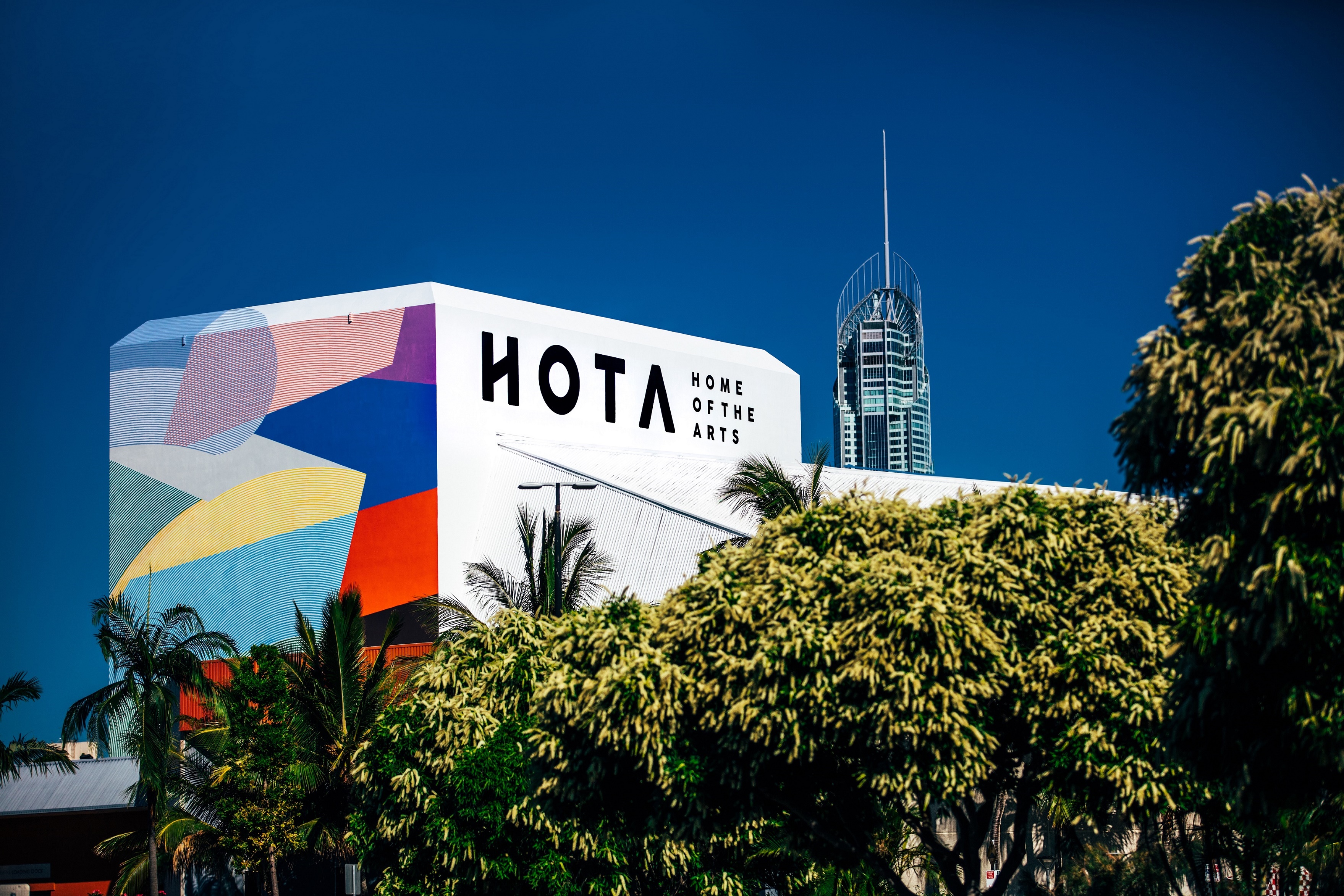Media Release
From: Queensland University of Technology (QUT)The Gold Coast cliché of sun, surf and fun is well-established but is evolving rapidly. While all of those pleasures still await visitors it can increasingly be seen as one of Australia’s cultural and creative hotspots.
Australia’s largest non-capital city, the Gold Coast is part of a nation-wide QUT study of 20 ‘hotspots’ for creative industries funded by the Australian Research Council. Early findings indicate its creative community is just as entrepreneurial as its wider business community.
Researchers from QUT’s Creative Industries faculty have teamed up with the University of Newcastle to conduct a year-long investigation of Australian cultural and creative activity: A population and hotspot analysis.
QUT’s Dr Mark Ryan said they identified the hotspots using 2016 Census data and feedback from peak bodies including Arts Queensland, Creative Victoria, Arts NSW, Arts South Australia and Department of Culture and the Arts, WA.
“We have got a glimpse of what the future of cultural tourism looks like on the Gold Coast,” Dr Ryan said.
“The region hosts more than 11 million visitors a year yet one of its biggest challenges has been overcoming its reputation as a visitor’s playground but culturally bereft.
“Hosting the 2018 Commonwealth Games was a catalyst for rebranding the city and boosting its infrastructure.”
Dr Ryan recently spent time conducting interviews with Gold Coast-based creative and cultural identities, from the heads of film studios and theme parks to artists, tourism operators, architects, developers and advertising/marketing executives.
He was joined by QUT colleagues Distinguished Professor Stuart Cunningham and Professor Greg Hearn.
They hope the findings from the Gold Coast and elsewhere will have a positive impact on policy development and help develop strategies to grow and support creative industries in regional Australia, as well as cultivate relations between creative producers and creative services providers.
Dr Ryan said the Gold Coast had been successful in achieving legacy outcomes from Commonwealth Games investments, including realising the region’s creative potential.
“The Gold Coast Council’s Culture Strategy 2023 outlines a 10 year vision and priorities. Key to that is its investment in the region’s cultural infrastructure, including the Arts Centre in Evandale – rebranded as HOTA (Home of the Arts) and now a hub for the region’s arts, culture and creative enterprise,” he said.
“Last year construction began on the $60.5 million HOTA Gallery. When completed in early 2021, it will be the largest public gallery outside a capital city in Australia.
“The Gold Coast is also home to a large film production and studio cluster, theme parks that, like Dreamworld’s Corroboree experience, are embracing Indigenous knowledge and heritage, the very popular Outback Spectacular, and a growing number of arts festivals like Swell and the Gold Coast Film Festival, along with live venues for musicians.
“The Gold Coast prides itself on its entrepreneurial spirit. That is reflected in the approach of the local creatives who don’t sit in artist enclaves and are happy to work with shopping centres, developers, the airport, local government and others.”
Dr Ryan said the research project would help reinforce the importance of the creative sector to the Australian economy.
“Evidence suggests that jobs in the creative industries will among those that are more resilient in the face of automation,” he said.
“The creative and cultural workforce is also playing an important role in re-inventing regional centres and putting them on the tourist map.”
The 20 hotspot regions, four each in Qld, NSW, Victoria, Western Australia and South Australia, are still being finalised but in Qld, the QUT team has completed research at the Gold Coast, Sunshine Coast, Cairns and the Central West (covering Blackall, Tambo, Longreach and Winton).
In NSW, teams have reviewed Albury, Coffs Harbour, Marrickville and Wollongong, while in Victoria, Ballarat, Bendigo, Geelong and Wodonga are on the list. Dr Ryan and his colleagues head to Western Australia in July to conduct research in Albany/Denmark, Fremantle, Geraldton and Busselton. Locations for South Australia are still being negotiated.



